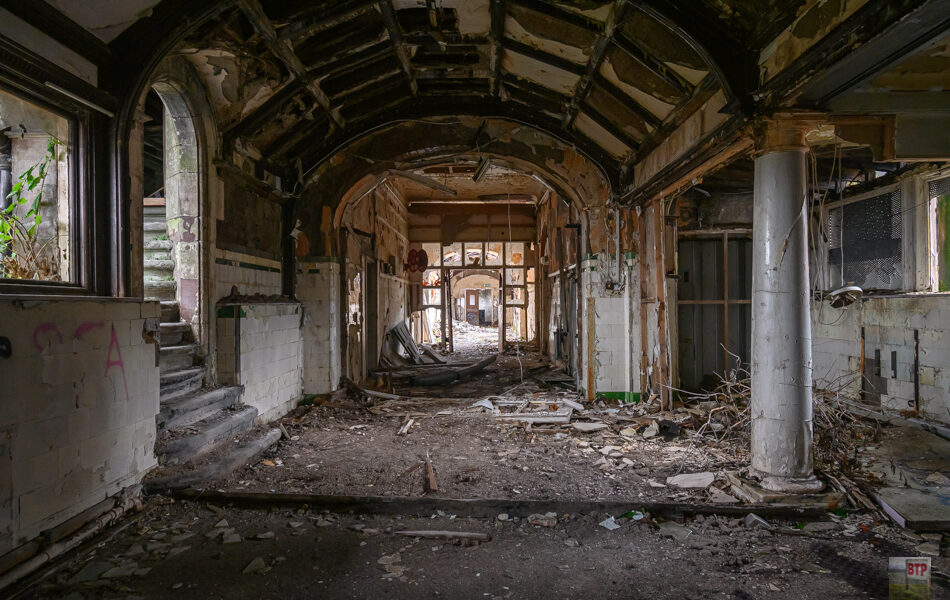Headley Court DMRC
Headley Court Defence Medical Rehabilitation Centre (DMRC) was once one of the leading rehab centres in the UK. The 58-bed facility helped injured servicemen and women with rehabilitation and prosthetics and even went on to treat veterans. Corporal Andrew Garthwaite, was the first person in the UK to receive a mind-controlled prosthetic limb and spent…
View More









